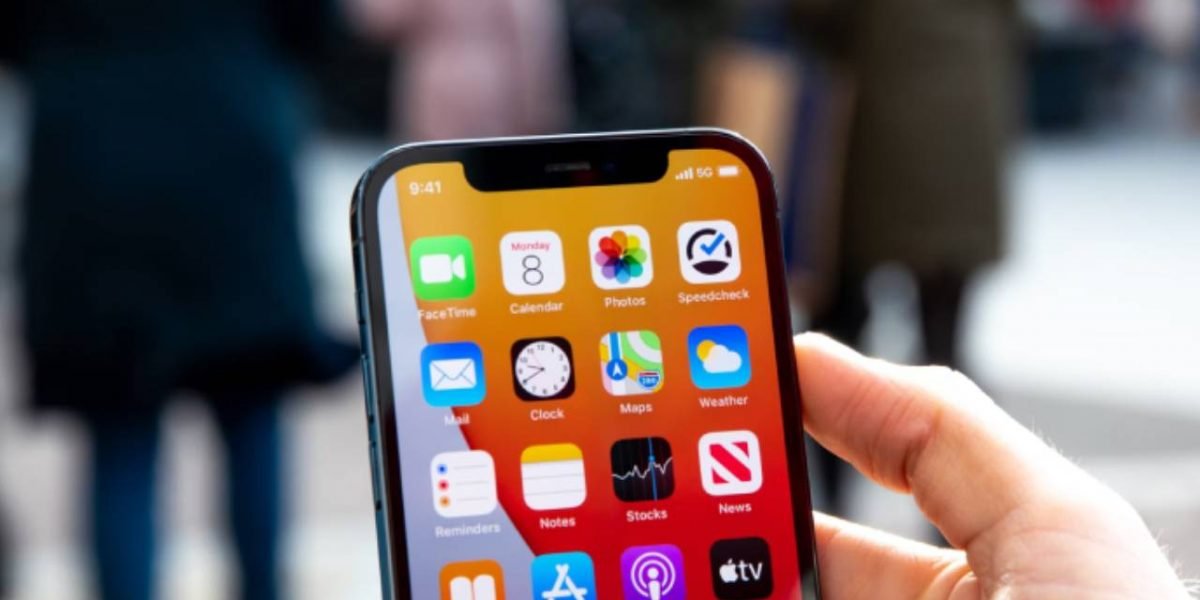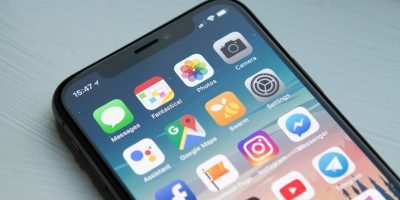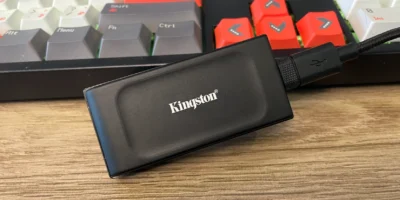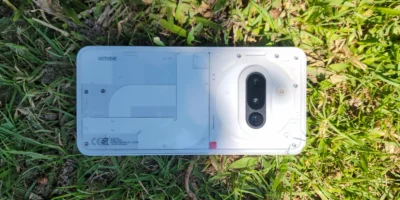Different technologies and methods for presenting 5G have made this upcoming revolution more perplexing than it needs to be.
Providers are regularly adding new cities, or in some cases, sections of cities, to make 5G more accessible in the United States. The speed of the rollout isn’t exclusive to the United States; the worldwide 5G rollout is following a similar inconsistency but rising pattern. However, not all 5G versions are created equal, which includes not only variances between nations, localities, or even carriers but also differences between services offered by the same carrier in some circumstances.
5G
5G Nationwide uses for its low band 5G. All three providers’ nationwide 5G Solutions are built on low band 5G. While these networks can be a little quicker than 4G LTE at times, they can’t match the insane speeds that higher-frequency technologies like millimeter-wave can provide. However, in terms of coverage, they are equivalent to 4G networks, allowing them to cover wide areas with service.
Since the firm revealed its first 5G location, 5G service has started rolling out. It’s 5G, but only just, because it only uses a low-band spectrum. This makes it less suitable for higher speeds, but it does make it better at transmitting a more consistent signal, especially over longer distances.
5G Plus
If your device has a “5G Plus” symbol, it signifies you’re connected to the high-band and mid-band spectrum. The lack of the “Plus” in a 5G emblem indicates the provider’s low band 5G network, which isn’t significantly faster than LTE. 5G Plus is far closer to what people can expect from 5G, and its use of millimeter wave is one of the reasons for this. Millimeter wave, unlike low-band spectrum, can give substantially quicker rates to consumers. However, it is restricted by distance and does not perform effectively when there are obstacles in the road.
5G UC
T-“Ultra Mobile’s Capacity” network includes high-band 5G, but most of the community – and T-marketing Mobile’s – is focused on the mid-band spectrum contained in the classification.
When it bought Sprint, it got a 5 GHz mid-band spectrum. If your phone has a “5G UC” symbol on it, you can bet that’s the spectrum you’re connected to.
With the introduction of iOS 15 and the most recent Android versions, the carrier has finally chosen to follow in the footsteps of its competitors and will now display two different icons depending on your connection. When you’re on a 5G phone linked to the low-band network, a 5G icon will display, and when you’re on a 5G phone connected to the mid-band or millimeter-wave 5G network, a 5G UC indicator will emerge.
5G UW
Providers refer to the high-band and mid-band 5G networks as UltraWide-band (UW). Until recently, UW was only used to refer to the high-band community, also known as mmWave. If your phone displays the 5G UW icon, you are most likely part of the mid-band community. If you’re using mmWave, you’ll notice a significant difference in knowledge speeds. However, if your knowledge is noticeably steadfast rather than excessively steadfast, you’re most likely on mid-band.











